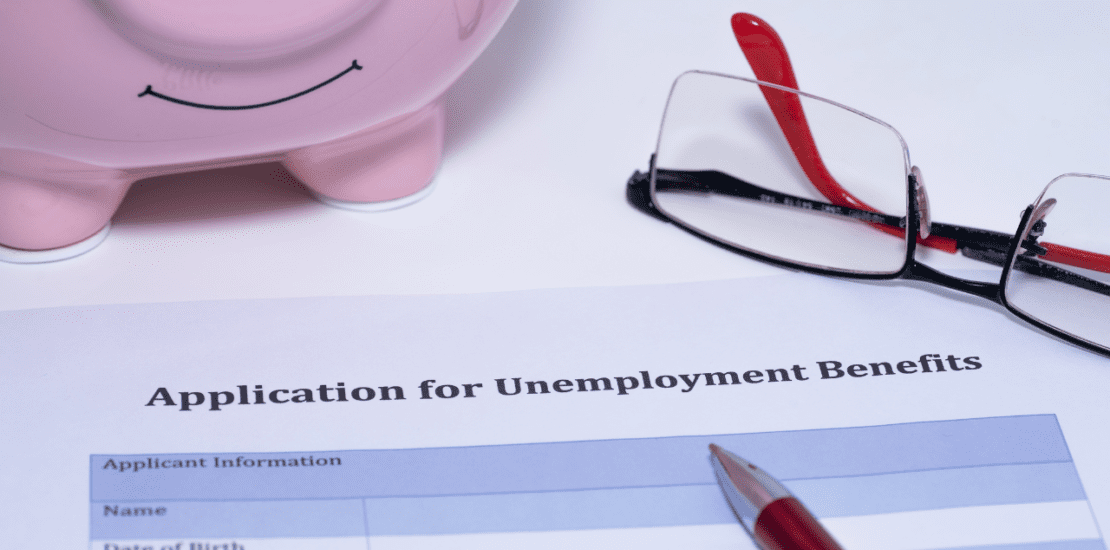- April 21, 2021
- Posted by: FLORES
- Categories: Accounting, COVID-19 Q&A, Human Resources

1. What unemployment provisions does this legislation offer?
The American Rescue Plan Act of 2021 (ARPA) extends unemployment benefits until September 6, 2021 and provides an additional $300 Federal Pandemic Unemployment Compensation payment per week for each week of unemployment between March 14, 2021 and September 6, 2021.
2. Is the Pandemic Unemployment Assistance program extended?
Yes. The Act also extends the Pandemic Unemployment Assistance program to September 6, 2021, which is then capped at 79 weeks. This program covers individuals who are self-employed, gig workers, part-time workers, and others who are not eligible to receive regular unemployment benefits.
Additionally, ARPA extends the Pandemic Emergency Unemployment Compensation for those who exhaust state benefits from 24 weeks to 53 weeks. With the latest extension under ARPA, eligible recipients of unemployment benefits in many states can now receive up to 79 weeks of benefits (including the 13 weeks of benefits from the March 2020 CARES Act and the 24 weeks added by the December 2020 Consolidated Appropriations Act).
3. Who qualifies for unemployment under the aforementioned provision?
Generally, to qualify for unemployment, an individual cannot refuse what is considered “suitable work.” However, with respect to the COVID-19 pandemic, the Biden Administration’s position is that “workers have a federally guaranteed right to refuse employment that will jeopardize their health and if they do so, they will still qualify for unemployment insurance.”
4. Is FFCRA leave and tax credit also extended?
The Families First Coronavirus Response Act (“FFCRA”) required employers with less than 500 employees to provide COVID-19-related paid family leave and paid sick leave, and established corresponding tax credits.
This employer mandate expired on December 31, 2020, so since January 2021, covered employers have not been required to provide FFCRA leave to employees. However, employers who chose to continue providing FFCRA leave to employees could obtain tax credits to offset certain costs associated with providing the leave.
ARPA did not reinstitute the mandate to provide additional leave, but it did extend the same tax credits for qualifying family leave and sick leave wages that an employer voluntarily pays between April 1, 2021 and September 30, 2021.
The tax credit is only available to employers who uniformly provide leave to all employees without discriminating against certain categories of workers.
5. Has Paid Family Leave also increased?
ARPA increases the total number of days of eligible paid family leave from 10 weeks (50 days) to 12 weeks (60 days). This increases the total amount of wages eligible for tax credit from $10,000 to $12,000, in addition to health plan expenses that can be allocated to qualifying leave.
6. Does ARPA increase the value of the Employer Retention Credit (ERC)?
ARPA increases the availability and value of the employee retention credit to those employers who are “severely financially distressed” (for example, those who experienced a severe decline in gross receipts) by allowing such employers to take all wages into account, not only those that are paid for employees not providing services.
Further, the Act expands credit availability to employers who qualify as a “recovery startup business” (for instance, employers who began a trade or business after February 15, 2020, and whose gross receipts average less than $1 million).
Finally, ARPA expands the availability of the credit from the current June 30, 2021 deadline to all wages paid in 2021.
7. Will ARPA also subsidize the cost of COBRA premiums?
ARPA will subsidize 100 percent of the cost of premiums for COBRA continuation coverage for an employee or dependent who is a COBRA qualified beneficiary (or will become one) due to an involuntary termination of employment or a reduction of hours.
8. When will the COBRA Subsidy under ARPA begin?
The subsidy will begin on April 1, 2021 and extend through September 30, 2021. The ARPA simply suspends the eligible individual’s obligation to make COBRA premium payments for up to 6 months.
9. Are all terminated employees eligible?
Employees who voluntarily terminate their own employment are not eligible for the COBRA premium subsidy.
This COBRA premium subsidy will be available to any eligible individual who is enrolled in COBRA (or will enroll in COBRA) on or after April 1, 2021, and before the subsidy ends on September 30, 2021.
In addition, any former employee who fits the eligibility criteria and who did not elect COBRA coverage or dropped COBRA coverage prior to April 1, but would otherwise be within his or her 18-month COBRA coverage period between April 1 and September 30, 2021, is also eligible for the COBRA premium subsidy.
The subsidy would terminate if the individual becomes eligible to enroll in another group health plan (other than excepted benefits coverage), a flexible spending arrangement, a qualified small employer health reimbursement arrangement, or Medicare.
10. What happens if the individual fails to inform the employer or health plan administrator that they are no longer eligible?
Individuals who fail to notify their health plan administrator or employer that they are no longer eligible for the COBRA subsidy may face penalties.
11. If an individual’s coverage is set to expire, does the COBRA subsidy allow it to extend through the end of September 2021?
The availability of the COBRA subsidy does not extend the availability of COBRA continuation coverage itself. So if an individual’s COBRA coverage is set to expire, ARPA does not require it to be extended through the end of September.
12. Can employers claim a credit?
The employer must provide subsidized COBRA coverage and pay or incur the COBRA premium cost. However, the Act provides that the entity may recover the cost of the coverage by claiming a credit against its quarterly Medicare payroll tax liability. The credit can be advanced under rules that will be set out by the Treasury Department. The credit would be refundable if the subsidy paid exceeds the taxes due.
13. What are the specific requirements for employers under the COBRA subsidy of ARPA?
The legislation also includes specific requirements for employers to update COBRA notices or send a separate notice describing the new subsidies (and the key terms) to all eligible individuals. Failure to provide such notice will be treated as a failure of the COBRA notice requirements.
14. What should I do as an employer to comply with ARPA?
This stimulus package sends immediate aid to individuals and businesses and includes a sweeping range of policies aimed at pandemic relief.
In terms of specific actions for employers to take:
1. Review and update COBRA notices;
2. Review the names of COBRA-qualified beneficiaries who had a qualifying event in 2020 in order to be able to send the proper notice to anyone who is eligible for COBRA during the six-month subsidy period;
3. Audit leave balances to ensure you have accurate balance for each employee;
4. Update paid sick leave and family leave forms to take into consideration the extension of the FFCRA leave and additional qualifying reasons.
